The allure of the Greek islands captures the hearts of many travelers and adventurers. Visitors often wonder, how many Greek islands are there in Greece? This question intrigues both tourists and locals alike. With a rich history, stunning landscapes, and vibrant cultures, these islands offer diverse experiences. From the bustling streets of Santorini to the serene beaches of Naxos, each island brings its unique charm. In total, Greece boasts a remarkable array of islands that beckon exploration. In this article, we will delve into the total number of Greek islands, considering both inhabited and uninhabited isles. Moreover, we’ll explore which islands are the most popular among tourists and the various experiences they offer.
Main Points
- Discover the total number of Greek islands in Greece.
- Learn about the count of inhabited islands.
- Explore popular islands for tourists to visit.
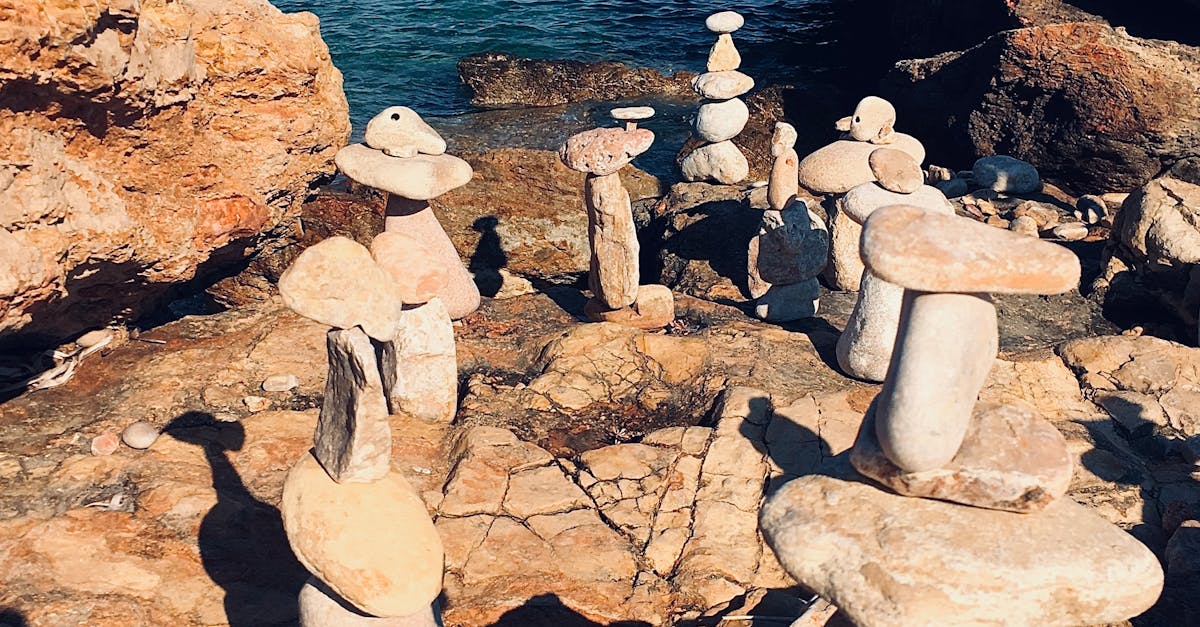
The Geographic Diversity of Greece’s Islands
Greece is renowned for its stunning islands, each boasting unique geographical features and cultural vibes. It’s estimated that there are around 6,000 Greek islands scattered throughout the Aegean and Ionian Seas. However, only about 227 are inhabited, which sparks curiosity about the total number of Greek islands in Greece. You might wonder, how many islands does Greece have precisely?
The islands can be broadly categorized into several groups, reflecting their diverse landscapes:
- Cyclades: Known for their white-washed buildings and vibrant nightlife, the Cyclades include famous islands like Santorini and Mykonos.
- Dodecanese: This group features both historical significance and natural beauty, including islands like Rhodes and Kos.
- Ionian Islands: Renowned for lush greenery, these islands, such as Corfu and Kefalonia, offer a different aesthetic compared to their dry counterparts.
One fascinating aspect is that the islands’ shapes and sizes vary greatly. Some are mere specks on the map, while others, like Crete, are significant landmasses. This contrast enhances the allure of exploring the Greek islands.
Ultimately, Greece’s islands present a vibrant mosaic of experiences, blending cultural richness with breathtaking natural beauty, inviting travelers to uncover their distinct characteristics.
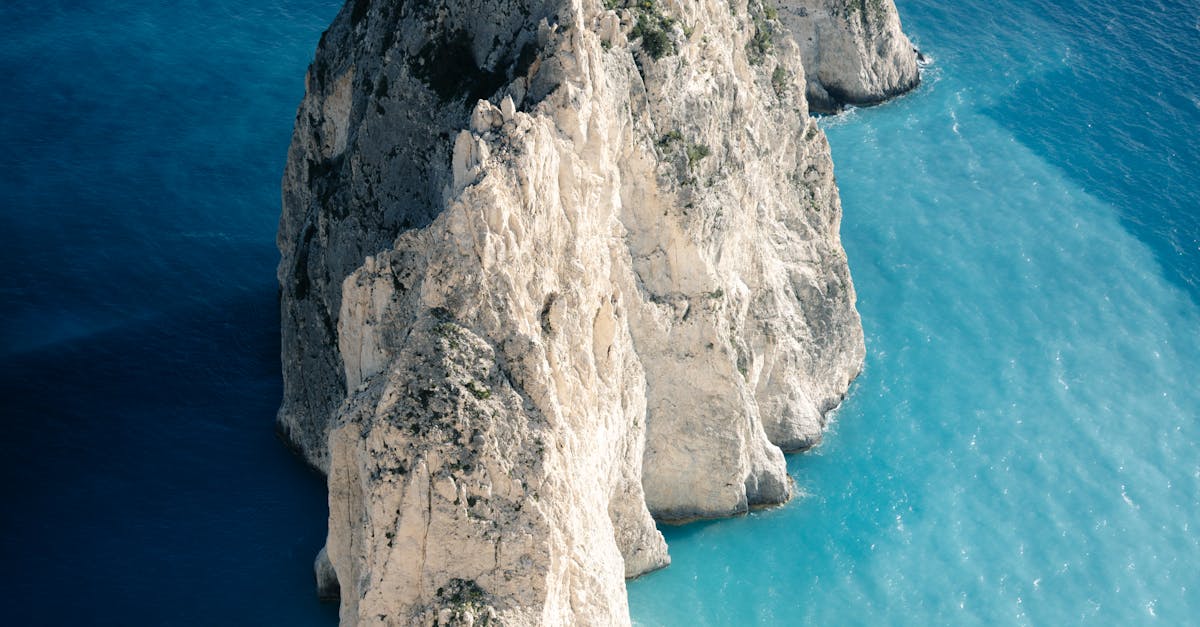
Historical Significance of Greek Islands
The Greek islands hold a pivotal role in the tapestry of human history. They served as vibrant centers of culture, trade, and innovation in ancient times. The breathtaking landscapes and strategic locations of these islands facilitated communication between civilizations, particularly among the Greek city-states and beyond. Isn’t it fascinating that there are a staggering number of islands? In fact, many wonder how many Greek islands are there in Greece? Estimates suggest around 6,000 islands and islets, but only about 227 are inhabited.
Tourism and Culture
For tourists, the allure of the Greek islands is undeniable. Each island offers a unique glimpse into Greece’s rich heritage. When asking how many Greek islands are there in Greece for tourists, the answer is both simple and complex. Many of the inhabited islands cater extensively to visitors, ensuring that the ancient history and vibrant culture are always alive. Islanders often share their traditions and local rituals wholeheartedly.
Inhabited Islands
So, how many inhabited Greek islands are there in Greece? There are approximately 77 inhabited islands, each contributing to the blend of Greek culture. These islands are not merely picturesque landscapes; they are living narratives of human resilience and creativity.
| Island Name | Historical Significance |
|---|---|
| Crete | Home to the Minoan civilization |
| Rhodes | Famous for the Colossus of Rhodes |
| Delos | Mythological birthplace of Apollo and Artemis |
In essence, the islands are more than mere vacation spots; they are repositories of history, fostering the legacy of ancient Greece while welcoming the world with open arms.

The Classification of Greek Islands by Region
Greece is renowned for its stunning landscapes and rich cultural heritage, but one of its most intriguing aspects is its islands. With over 6,000 islands scattered throughout the Aegean and Ionian Seas, visitors often wonder how many Greek islands are there in Greece to visit. In this article, we’ll explore the classification of these islands by region, helping you understand the variety available.
The Cyclades
The Cyclades are perhaps the most famous group of islands. They feature iconic blue-and-white architecture. Santorini and Mykonos are standout destinations, drawing tourists for their vibrant nightlife and breathtaking sunsets.
The Dodecanese
Next, the Dodecanese islands boast a mix of historical significance and natural beauty. Islands like Rhodes and Kos are rich in ancient history, making them attractive for history enthusiasts. Yet, it’s not just history; stunning beaches beckon sun-seekers.
The Ionian Islands
Then, we have the Ionian Islands, known for their lush greenery and picturesque landscapes. Corfu, Zakynthos, and Kefalonia are highlights here, each offering unique experiences from vibrant nightlife to tranquil retreats.
In summary, Greece’s islands are classified into various regions, each presenting its unique charm and attractions. Whether you seek adventure or relaxation, there’s always an island that fits your desire. So, next time you ponder how many Greek islands are there in Greece to visit, remember there’s an adventure waiting on every shore!
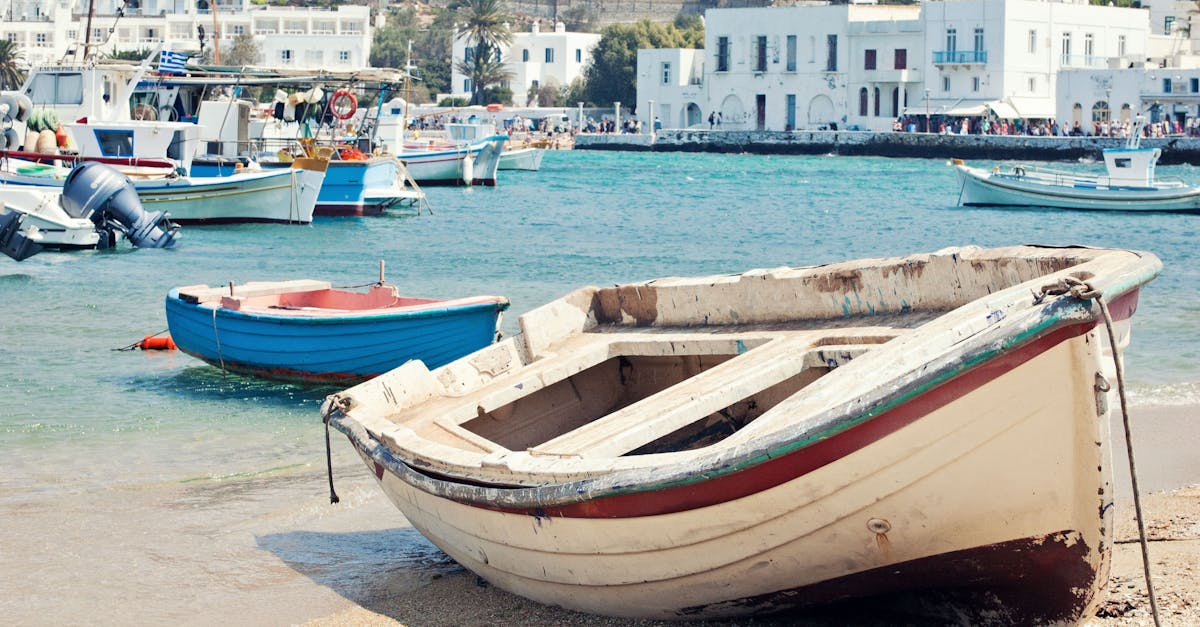
The Largest Greek Islands and Their Unique Features
Greece is known for its stunning islands, each offering unique landscapes and cultural experiences. Among them, three stand out as the largest and most captivating: Crete, Euboea, and Lesbos.
1. Crete
Crete is the largest of these islands and boasts a rich history that dates back to the Minoan civilization. Visitors can explore the ancient Palace of Knossos or relax on the beautiful beaches of Elafonissi. The island’s diverse geography includes mountains, gorges, and charming villages, making it a paradise for adventurers and history buffs alike.
2. Euboea
Euboea is the second-largest Greek island, known for its varying landscapes that range from lush forests to rocky coastlines. The island offers natural hot springs and a number of archaeological sites. Charming towns like Chalkida let visitors experience local culture while enjoying delicious seafood.
3. Lesbos
Lesbos is famous for its beautiful olive groves and stunning beaches. It is also home to the ancient city of Mytilene. The island’s rich literary heritage and vibrant arts scene contribute to its unique character. Furthermore, the local ouzo is a must-try, encapsulating the essence of Greek hospitality.
In conclusion, each of these islands captures the essence of Greece and offers unforgettable experiences. Exploring their unique features allows travelers to appreciate the beauty and diversity of Greek culture.
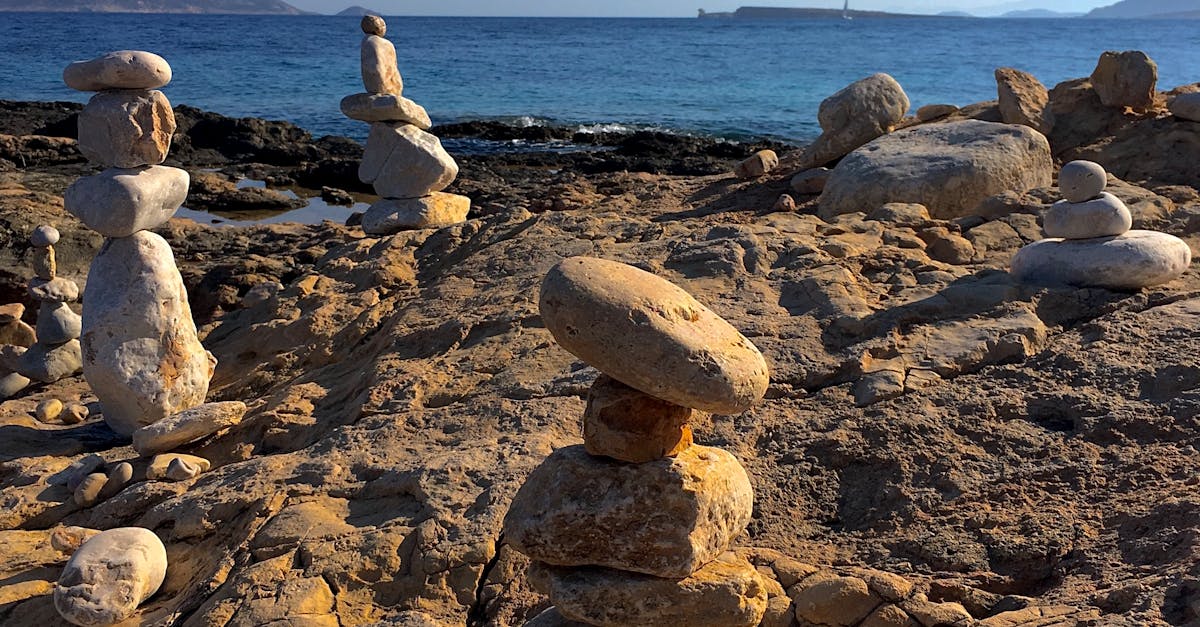
The Smaller Greek Islands: Hidden Gems of the Aegean
When one thinks of Greece, images of bustling Santorini or Mykonos often come to mind. However, the smaller Greek islands offer a unique charm that is sometimes overlooked. These lesser-known destinations are filled with magic, waiting to be discovered by curious travelers.
Discovering Untouched Beauty
The smaller Greek islands boast stunning landscapes, pristine beaches, and rich cultural histories. For instance, islands like Kea and Kythnos are less crowded, enabling visitors to truly immerse themselves in the serene beauty of the Aegean Sea. These islands feature tranquil bays and traditional whitewashed villages that echo stories of the past.
Cultural Richness
One cannot forget the delicious local cuisine that flourishes in these regions. Authentic tavernas serve mouth-watering dishes, often made from family recipes passed down through generations. This culinary experience complements the breathtaking scenery, making it worthwhile to explore.
In contrast to larger islands, the smaller ones provide a pace that allows for genuine connection. Thus, whether you seek adventure, relaxation, or cultural immersion, the smaller Greek islands are indeed hidden gems ready to offer unforgettable experiences.

The Role of Greek Islands in Maritime Trade
The Greek islands have played a critical role in maritime trade for centuries. Their strategic geographical position in the Aegean and Ionian Seas allows for easy access between Europe, Asia, and Africa. This connectivity not only fosters economic exchanges but also strengthens cultural ties among different civilizations. Many ports, such as Piraeus and Rhodes, have historically acted as bustling hubs for trade, offering essential services for ships and traders.
Historical Significance
In ancient times, islands like Crete became centers of commerce, engaging in trade of goods such as olive oil, wine, and pottery. Interestingly, the harsh weather conditions in some regions often posed significant challenges. However, local merchants adapted, ensuring that trade routes remained active. Neolithic archaeological findings suggest that these islands were already crucial in trading networks long before the Classical era.
Modern Implications
Today, the role of Greek islands in maritime trade continues to evolve. With the expansion of the European Union, these islands have become vital transit points for both goods and passengers. Some argue that tourism may overshadow traditional trade, yet the islands’ economic landscape remains diverse. Moreover, sustainable practices are gaining traction, prompting discussions on balancing trade and environmental concerns.
| Island | Major Trade Goods |
|---|---|
| Crete | Olive Oil, Wine |
| Rhodes | Textiles, Spices |
| Corfu | Agricultural Products |
In conclusion, the Greek islands remain significant players in maritime trade, with their unique history and modern approach shaping the future of commerce in the region.

Ecological Importance of Greek Islands and Their Biodiversity
The Greek islands, with their stunning landscapes and unique ecosystems, play a vital role in maintaining ecological balance. These islands host a diverse range of flora and fauna, many of which are endemic, meaning they can only be found in this particular region. Their biodiversity is not just a natural treasure; it offers crucial services that sustain both the environment and local communities.
Key Aspects of Biodiversity on Greek Islands
- Endemic Species: The islands are home to species like the Cretan wild goat and the Mediterranean monk seal, which are crucial for maintaining ecological stability.
- Habitat Preservation: Unique habitats such as xerophytic vegetation support various organisms, offering refuge and breeding grounds for wildlife.
- Ecosystem Services: The rich biodiversity contributes to soil fertility, water purification, and carbon storage, underpinning the health of the islands.
Additionally, these islands serve as important sites for research and education regarding ecological systems. However, their fragile environments face threats like tourism and climate change, which can disrupt their delicate balance. Protecting this biodiversity is essential for sustaining not just local ecosystems but also for global ecological health.
In conclusion, the ecological importance of the Greek islands is undeniable. Their unique biodiversity enriches our planet and must be valued and preserved for future generations.
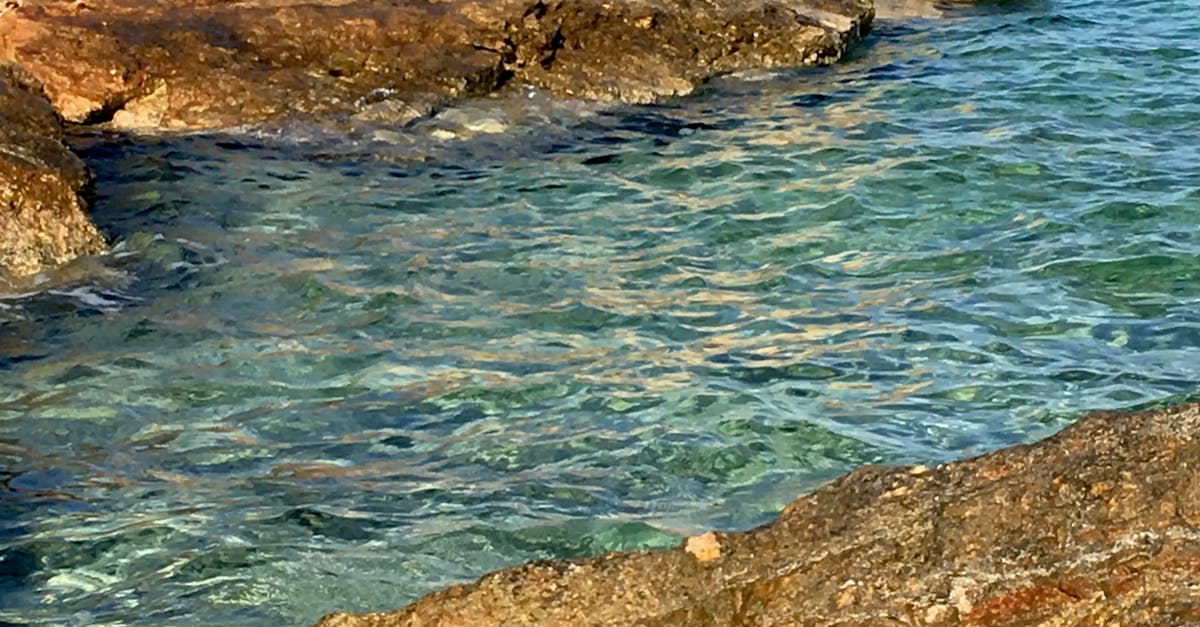
Cultural Heritage and Traditions of the Greek Islands
The Greek Islands are a tapestry of rich cultural heritage and vibrant traditions. Each island has its unique character, shaped by centuries of history, art, and customs. The architectural styles reflect various influences, from ancient Greek to Venetian and Ottoman. For instance, the whitewashed buildings of Santorini contrast sharply with the medieval structures of Rhodes, creating an intriguing visual narrative.
Festivals and Celebrations
Festivals play a significant role in preserving the island cultures. The vibrant traditions come alive during local celebrations like the Carnival of Syros or the Feast of the Assumption in Tinos. Such events are filled with music, dance, and traditional foods, allowing locals and visitors to experience the islands’ rich past. Yet, many tourists might be surprised by how each island celebrates differently, often leading to delightful discoveries and unexpected experiences.
Culinary Heritage
The culinary traditions of the Greek Islands are equally captivating. Local ingredients intertwine with time-honored recipes, resulting in flavors that tell stories of ancient gatherings. Although one might think they know about Greek food, each island offers distinct dishes that are less known outside their shores, such as the seafood delicacies of Naxos or the sweet pastries of Crete.
In essence, the cultural heritage and traditions of the Greek Islands reflect a complex interplay of history, local pride, and community spirit. This makes visiting the islands not just a vacation, but a journey through time.

Tourism on Greek Islands: An Economic Overview
The allure of the Greek Islands is undeniable, as they attract millions of visitors each year. These beautiful destinations, including Santorini and Crete, are not just picturesque; they play a vital role in Greece’s economy. The tourism industry accounts for a significant portion of the country’s GDP, making its stability essential for local communities.
Tourism on the Greek Islands offers a unique blend of natural beauty, rich history, and cultural experiences. Travelers flock to sun-kissed beaches and ancient ruins, providing a steady stream of income for local businesses. However, the dependence on tourism has created challenges. For instance, during off-peak seasons, many communities face economic downturns. This cyclical nature of tourism can lead to instability, as locals must find alternative ways to sustain their livelihoods.
Environmental Impact and Sustainability
The explosion of visitors has also raised concerns regarding environmental impact. Many islands struggle with waste management and over-tourism, prompting some local governments to implement measures for sustainable tourism. Balancing economic benefits with environmental responsibility remains a crucial dilemma for the future of Greek Islands’ tourism.
In conclusion, while tourism is an economic lifeline for the Greek Islands, addressing its challenges thoughtfully is essential for preserving both the islands and their cultures.
The Impact of Climate on Greek Island Communities
The Greek islands, renowned for their stunning beauty and vibrant culture, are significantly affected by climate changes. This impact extends beyond the obvious environmental shifts, influencing the local communities in various ways. As temperatures rise, residents face challenges that threaten their traditional lifestyles and economic activities. For instance, many islanders rely heavily on tourism and agriculture, both of which are vulnerable to climate fluctuations.
Increased heat leads to a longer tourist season, which sounds beneficial. However, it also escalates competition for resources, putting stress on water supplies. Consequently, this situation has led to increased costs for local businesses and exacerbated inequalities among island communities.
Key Climate Influences on Greek Islands
- Reduced Freshwater Availability: Many islands struggle with water shortages, impacting daily life and farming.
- Soil Degradation: Higher temperatures and less rainfall affect soil quality, threatening local crop production.
- Increased Natural Disasters: The frequency of wildfires and floods is rising, which poses risks to residents and infrastructure.
To combat these challenges, communities are seeking adaptive strategies, aiming for sustainability while preserving their unique identity. Nevertheless, navigating these issues requires a collective effort, emphasizing resilience as a way forward for Greek island communities facing an uncertain future.
Culinary Delights: Cuisine of the Greek Islands
The cuisine of the Greek Islands offers a vibrant tapestry of flavors and traditions that reflect the culture of each island. Fresh, local ingredients play a crucial role, with seafood standing out as a star attraction. Islands like Santorini and Crete boast exquisite dishes centered around fresh fish and shellfish, often simply grilled and drizzled with olive oil. However, the culinary experience varies remarkably from one island to another.
A Taste of Tradition
In addition to seafood, the use of herbs such as oregano and thyme lends a fragrant quality to many meals. Dishes like moussaka and dolmades, stuffed grape leaves, showcase the region’s rich agricultural bounty. Locals often prepare these meals with family recipes passed down through generations, emphasizing the importance of tradition.
Yet, navigating the meals can be quite puzzling. For instance, some islands offer a unique twist on traditional fare that might surprise even the most seasoned traveler. It’s not just about savoring food but experiencing the stories behind each dish. Therefore, tasting the culinary creations of the Greek Islands is not merely a meal; it’s a journey into their history and hospitality. Reveling in these delights provides both nourishment and a profound connection to Greek culture.
Transportation and Accessibility Between Greek Islands
Traveling between the Greek islands can be a mesmerizing experience, offering stunning views of the Aegean Sea. However, navigating the transportation systems might seem a bit complex at first glance. Ferries represent the primary means of travel, with several companies operating routes that connect the islands. The frequency of these ferries varies, particularly in the off-season, which could lead to some confusion for travelers planning their itineraries.
Ferry Services and Options
There are different types of ferries available, from conventional to high-speed vessels. For example, while standard ferries are more economical and can be slower, the high-speed ferries cut down travel time significantly. This means you can spend more time enjoying your destination. It’s essential to check the schedules ahead of time, as they often shift depending on the season. Additionally, some islands, particularly smaller ones, may have limited service days, requiring careful planning.
| Island | Ferry Service | Travel Time |
|---|---|---|
| Santorini | Blue Star Ferries | 2 hours |
| Mykonos | Hellenic Seaways | 1.5 hours |
Besides ferries, some islands feature small airports that facilitate air travel, enhancing accessibility further. Ultimately, with a bit of research and preparation, getting around the Greek islands becomes an adventure in itself.
Conservation Efforts for Preserving Greek Island Environments
The breathtaking landscapes of the Greek islands face numerous threats, from tourism pressures to climate change. Consequently, several conservation initiatives have emerged to protect these delicate ecosystems. These efforts not only focus on the natural environment but also on supporting the local communities that rely on these resources.
Key Conservation Initiatives
- Marine Protected Areas: These zones help preserve marine biodiversity by restricting fishing and other harmful activities. They aim to regenerate fish populations and protect endangered species.
- Habitat Restoration Projects: Various organizations work to restore native flora and fauna. This involves removing invasive species and replanting native plants, essential for maintaining the islands’ unique biodiversity.
- Community Engagement: Conservation programs actively involve local residents, promoting sustainable practices. By educating them about the importance of environmental protection, these initiatives foster a sense of ownership and responsibility.
Given that the Greek islands are home to unique species and habitats, ongoing conservation efforts are vital. Sustainable tourism practices also play a significant role, encouraging visitors to respect the environment. Thus, integrating conservation into daily practices ensures that future generations can enjoy the splendor of the Greek islands.
Frequently Asked Questions
How many Greek islands are there in Greece?
There are approximately 6,000 islands and islets in Greece, of which around 227 are inhabited.
What is the largest Greek island?
Crete is the largest Greek island, covering an area of about 8,336 square kilometers.
Which Greek island is known for its historical significance?
Santorini is renowned for its historical significance, particularly the Minoan archaeological site of Akrotiri.
What is the most visited Greek island?
Santorini is one of the most visited Greek islands, famous for its stunning sunsets and unique architecture.
Are there any Greek islands that are only accessible by ferry?
Yes, many Greek islands, especially the smaller ones, can only be accessed by ferry as they do not have airports.
Which Greek islands are part of the Cyclades?
Popular islands of the Cyclades include Mykonos, Santorini, Naxos, and Paros.
What are the Dodecanese islands?
The Dodecanese is a group of 12 large islands in the southeastern Aegean Sea, including Rhodes and Kos.
Are the Ionian islands different from mainland Greece?
Yes, the Ionian islands, including Corfu and Kefalonia, are located on the western side of Greece and offer a different landscape and culture.
What is the best time to visit the Greek islands?
The best time to visit is during the spring (April to June) and fall (September to October) when the weather is pleasant and the crowds are smaller.
Can you island-hop in Greece?
Yes, island-hopping is a popular activity in Greece, allowing visitors to explore multiple islands via ferries or boats.
